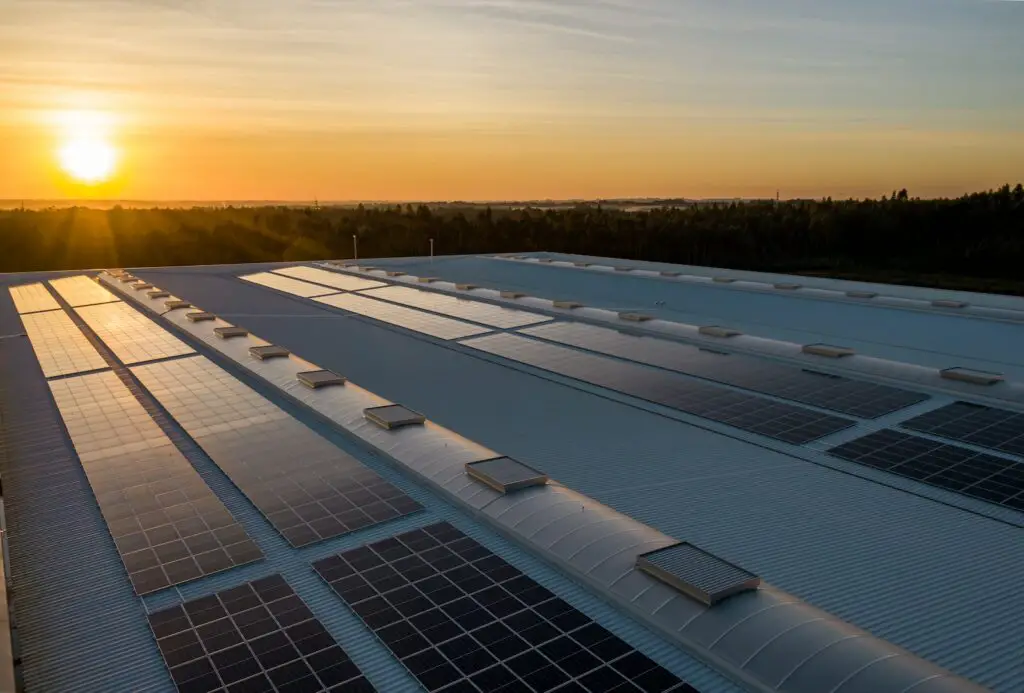Solar panels, often referred to as “PV panels,” are devices designed to transform sunlight, which consists of energy particles termed “photons,” into electrical power suitable for various electrical needs.
There are three types of solar panels: monocrystalline, polycrystalline, and thin film.
These panels find their use in numerous applications, ranging from remote power setups in cabins and powering telecommunications gear to remote sensing.
Naturally, they’re pivotal in generating electricity for both household and business solar electric setups.
On this page, we’ll delve into the origins, advancements, and advantages of solar panels.
We’ll explore the mechanics behind solar panels, their manufacturing process, their electricity generation mechanism, and pointers on where to purchase them.
How Does Solar Panels Work?
Solar panels harness renewable energy from the sun and transform it into electricity, serving as a sustainable power source for various electrical needs.
These panels consist of multiple solar cells made up of silicon layers combined with phosphorous (imparting a negative charge) and boron (bestowing a positive charge).
When photons from sunlight hit the panel, they trigger an electric current by dislodging electrons from their atomic paths.
These freed electrons are then channeled by the electric field of the solar cells, creating a flow of electricity.
This phenomenon is termed the “Photovoltaic Effect.”
For context, an average household typically has ample rooftop space to accommodate the number of solar panels needed to cater to its energy requirements.
Any surplus electricity generated can feed into the main power grid, which can be utilized during nighttime.
In grid-connected setups, solar panels generate power in daylight, stored for nighttime use.
Many regions offer “net metering” programs, rewarding homeowners monetarily when their solar system yields more energy than they consume.
For off-grid solar systems, additional components like a battery bank, charge controller, and usually, an inverter are essential. Here’s how it works:
- The solar array produces direct current (DC) electricity.
- This DC current is regulated by the charge controller and stored in the battery bank.
- When power is needed, it’s sourced from the battery bank to the inverter, which transmutes DC into alternating current (AC) suitable for standard appliances.
With the help of inverters, solar panel systems can be tailored to meet even high-energy consumption needs.
This AC power is versatile, powering home appliances, office buildings, recreational vehicles, remote sites, traffic controls, telecommunication setups, and many other applications, making solar energy a versatile and sustainable choice.
Difference Between Solar PV Panels and Solar Thermal Panels
Solar PV panels produce electricity through the photovoltaic effect, where photons impact a semiconductor like silicon, releasing electrons.
In contrast, solar thermal panels harness sunlight to directly heat water or other fluids.
While both utilize the sun’s energy, their technologies differ.
Solar thermal panels, often roof-mounted, provide domestic hot water and heating, and on a grander scale, they can be employed in power stations.








